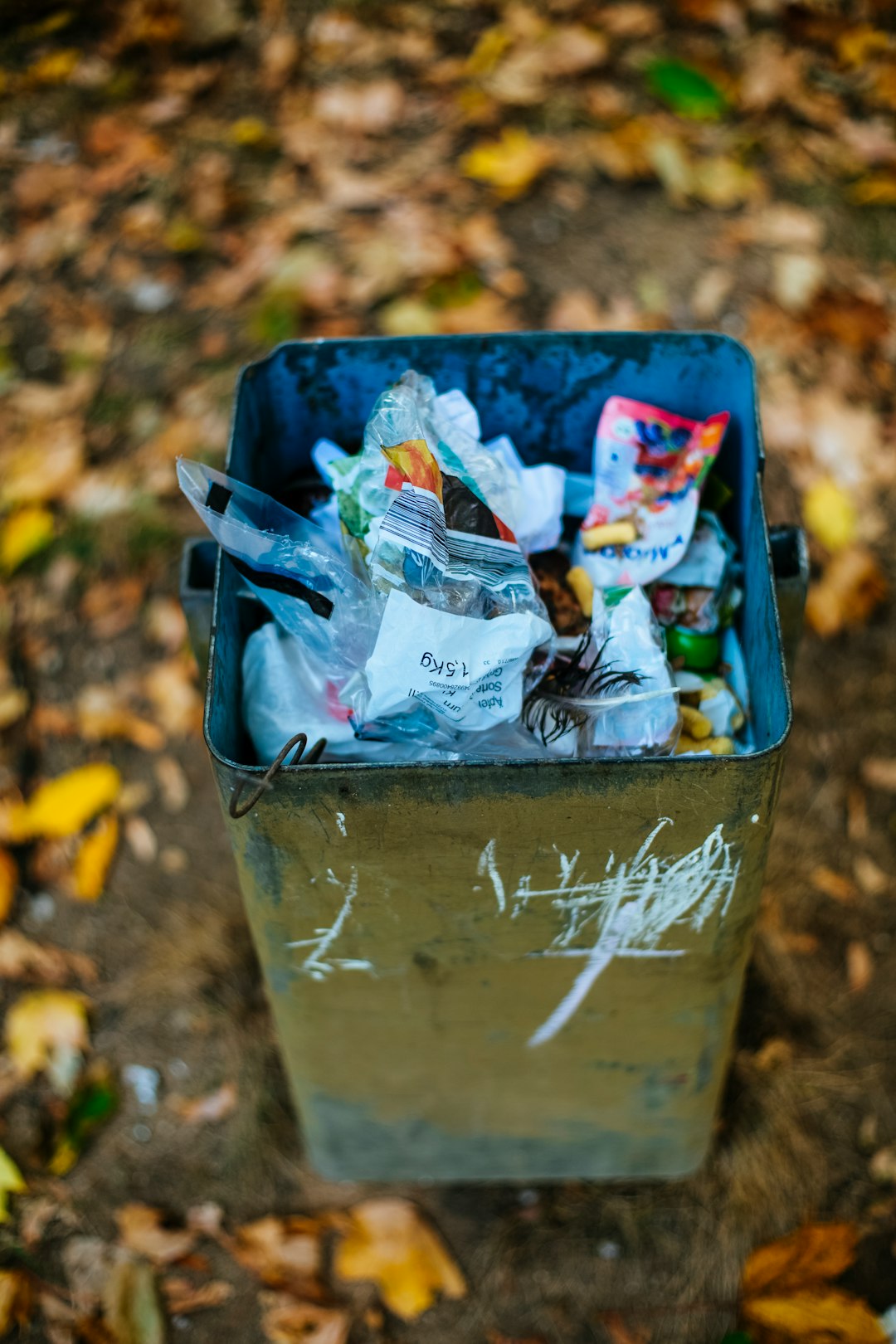What is it about?
This review discusses a new technique called phytoremediation that uses plants and bacteria to clean up arsenic contamination in the environment. The focus of this paper is on plant growth-promoting bacteria (PGPB) which can help improve plant metal tolerance, promote plant growth, and remove large amounts of arsenic from contaminated areas. The authors discuss how PGPB works with plants to overcome or lessen the negative effects caused by exposure to high levels of arsenic. They also mention some potential drawbacks but overall suggest that using PGPB-assisted phytoremediation could be an effective way to reduce environmental pollution caused by arsenic contamination if done carefully while monitoring its impact on indigenous bacteria present in soil ecosystems.
Featured Image

Photo by Hermes Rivera on Unsplash
Why is it important?
This review is important because arsenic contamination in the environment can have serious health consequences for humans and animals. Phytoremediation, which uses plants and bacteria to remove contaminants from soil or water, has been proposed as a potential solution. The focus of this paper on plant growth-promoting bacteria (PGPB) highlights recent advances that could help improve the effectiveness of phytoremediation efforts by enhancing plant growth and metal tolerance while removing large amounts of arsenic from contaminated areas. By summarizing current knowledge about how PGPB works with plants to overcome As-induced adversities, it provides valuable insights into potential mechanisms responsible for increasing availability of As to plants under stress conditions facilitated by these beneficial microbes. This information may be useful not only for researchers but also policymakers looking to develop sustainable solutions towards environmental pollution caused by heavy metals like Arsenic through biotechnology-based approaches such as phytoremediation using PGPR/PGPE strains carefully selected based on their characteristics influencing plant-microbe interactions without causing any harm indigenous microbial communities present within ecosystems where they will be applied.
Read the Original
This page is a summary of: The role of plant growth promoting bacteria on arsenic removal: A review of existing perspectives, Environmental Technology & Innovation, February 2020, Elsevier,
DOI: 10.1016/j.eti.2020.100602.
You can read the full text:
Contributors
The following have contributed to this page










